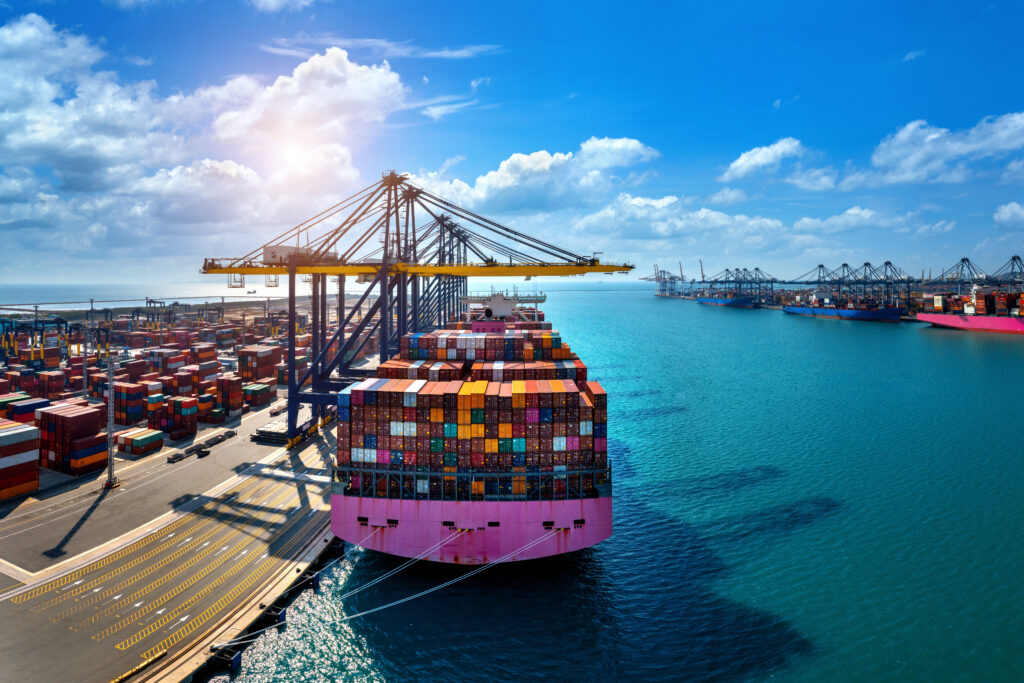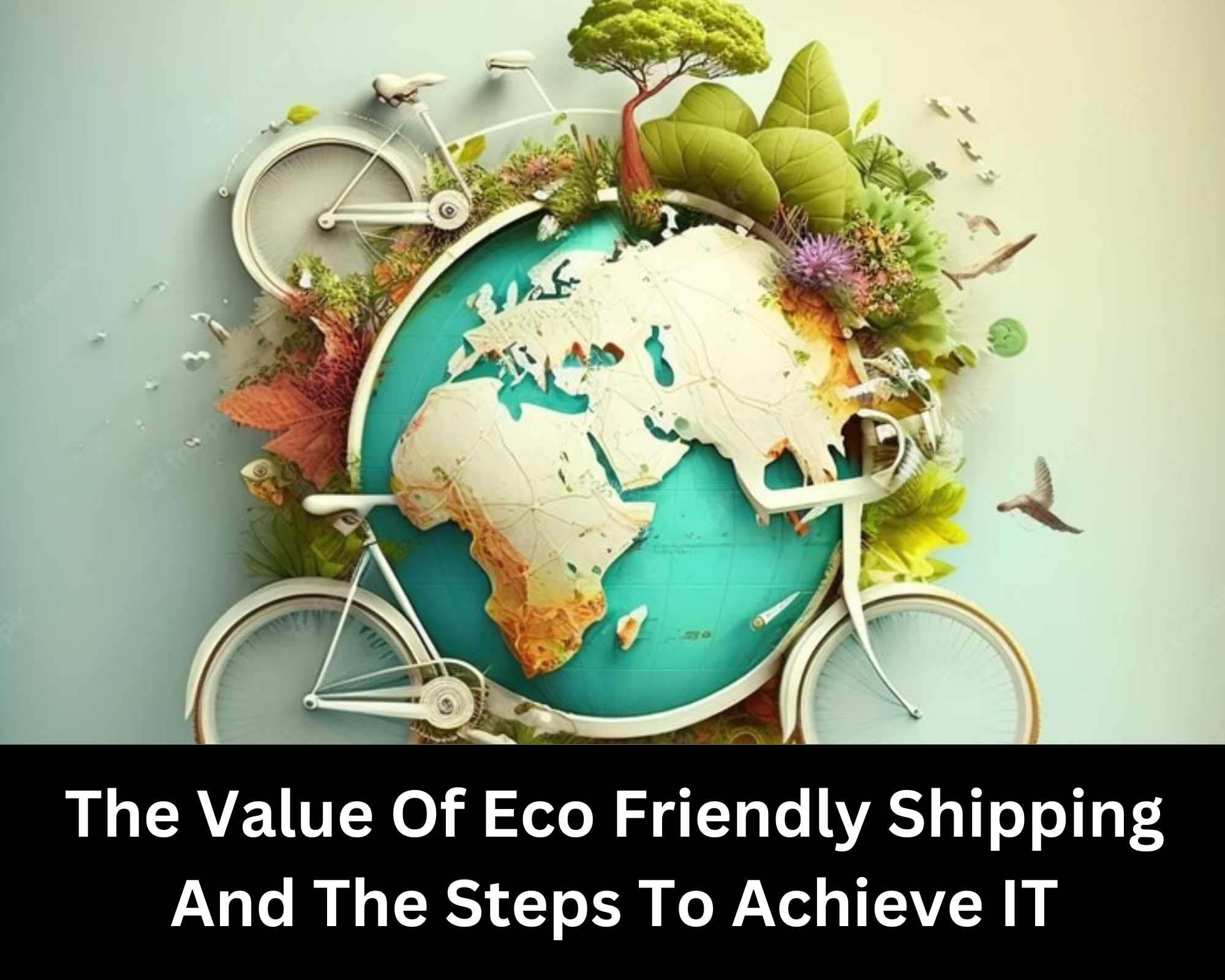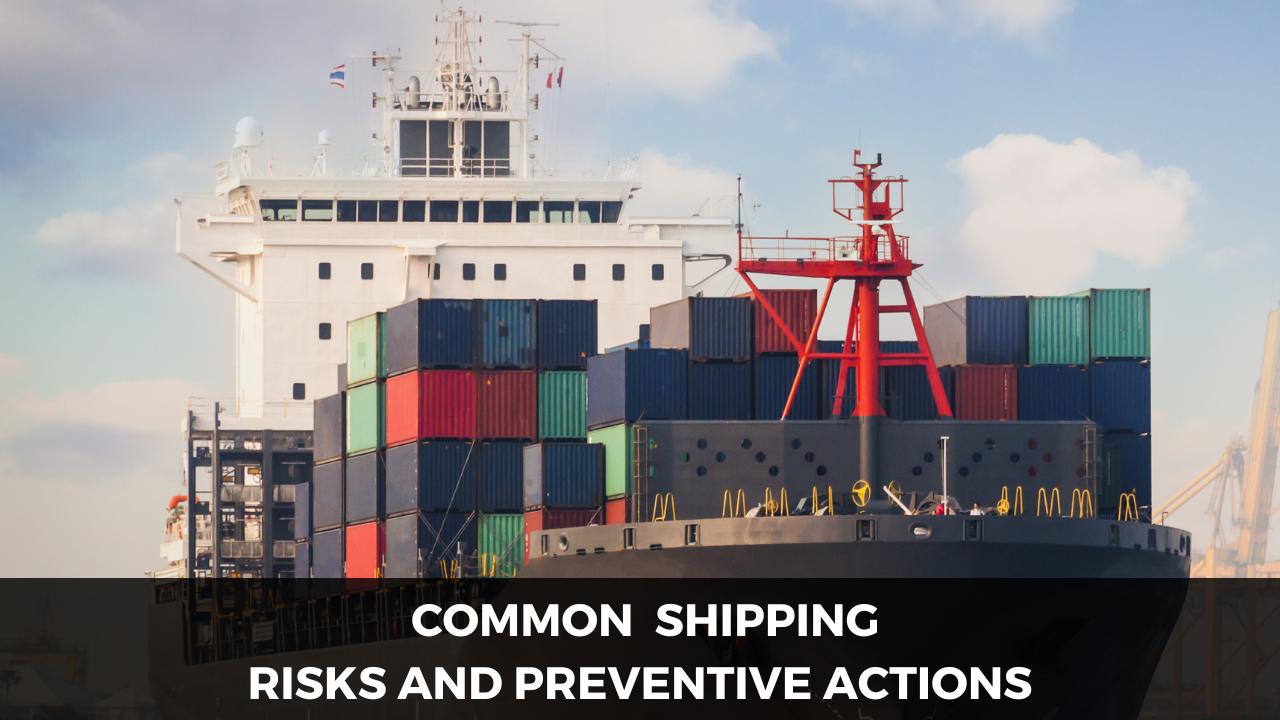Ships for Dry Cargo

Dry cargo ships, also known as general cargo ships, were previously widely used by merchant fleets all over the world. These ships frequently had derricks, which are used to raise and load goods onto the ship. Different sorts of cargo were kept in the holds (ship compartments), and the speed at which they could be loaded or emptied depended on two things: 1. The crew members’ qualifications for duty on the ship. 2. Port personnel are also referred to as “stevedores.” While some dry cargo ships follow predetermined routes between particular ports, others evolved into what are now known as “tramp traders,” essentially travelling wherever they were needed at any given moment.
Dry cargo ship types
Bulk Transporter
These are ships built to transport enormous quantities of dry, unpackaged cargo like grains, coal, ore, and cement. Typically, these are sizable vessels with a carrying capacity of 100,000 tonnes or more.
Bulk Transporter’s key benefit is their ability to transport very huge loads, which is perfect for shippers who have a lot of cargo. Bulk carriers can be more challenging to load and unload than other types of vessels since they are less adaptable.
Ship Container
These are ships built to transport a lot of containers, which are used to convey anything from electronics to clothing. With a capacity of about 20,000 TEU (twenty-foot equivalent units), these are typically very large ships.
Container ships’ key benefit is that they are incredibly adaptable and can transport a variety of various sorts of cargo. Furthermore, loading and unloading them is not too difficult. However, when it comes to moving heavy loads of goods, container ships are less effective than other kinds of ships.
Ships for General Cargo
They are also known as Breakbulk and do not need to be unitized like containers. They are frequently placed into bags or pallets, therefore specialised handling facilities aren’t necessarily required. Cranes, straps for boxes, or slings for bags can be used for loading and unloading. These ships can also transport erratic and loose cargo. When that occurs, the crew of the ship packs the cargo to reduce damage and increase storage capacity.
The fundamental benefit of general cargo ships is their versatility; they can transport a variety of various sorts of cargo. Furthermore, loading and unloading them is not too difficult. When it comes to moving heavy loads of cargo, they are less effective than other types of vessels.
Reefer Ships
These are vehicles made to carry perishable, chilled commodities like food that must be transported in a specific environment. With a capacity of about 5,000 TEU, they are typically smaller than container ships.
The ability of reefer vessels to transport a variety of various cargo kinds is its principal benefit. They are additionally fairly simple to load and unload. They are less effective in transporting heavy loads of cargo than other kinds of vessels, nevertheless.
Ro-Ro Vessels
Ro-Ro Vessels
These are made to transport vehicles with wheels, such as cars, trucks, and trailers. Typically, they can hold 2,000 vehicles or such.
The fundamental benefit of Ro-Ro ships is their excellent efficiency at moving heavy loads on wheels. Ro-Ro vessels are less adaptable than other types of vessels and might be more challenging to load and unload.
Maritime Cargo Ships

These are the containers used to transport liquids in big tanks. In the middle of the 1800s, iron was used to build the first tanker ship because it was both inexpensive and robust enough to retain liquid without leaking. As economies forced size increases through time, some tankers can currently contain more than 400,000 tonnes of liquid.
Maritime Cargo Ship Types
Oil Carriers
The Very Large Crude Carriers (VLCCs) and Ultra Large Crude Carriers (ULCCs) are among the largest ships currently at sea. These move oil from fields of production to refineries, where it is transformed into petroleum products. Due to its enormous size, the typical large crude carrier frequently loads and unloads at an offshore buoy or terminal instead of a port.
The ability to transport huge quantities of crude oil is the main benefit of crude carriers. They can be trickier to load and unload, and they are less adaptable than other kinds of vessels.
Good Transporters
The refined products are transported from major terminals to worldwide smaller ports by these ships, which are typically smaller than crude carriers. These tankers transport petroleum, diesel, jet fuel, asphalt, and lubricating oil in addition to non-petroleum bulk liquids like palm oil and molasses.
The ability of product carriers to transport a variety of liquids is their principal benefit. Furthermore, loading and unloading them is not too difficult. When it comes to moving heavy loads of cargo, they are less effective than other types of vessels.
Chemical Carriers
These vessels frequently have deadweight capacities of 5,000 to 40,000 tonnes with Cargo Holds that can cool or heat the cargo as needed. To ensure that the purity of the materials kept in these tanks is preserved, these systems also follow sophisticated cleaning procedures.
Chemical Carriers have the major benefit of being able to store and transport huge amounts of liquids without the requirement for packaging. Since there is less chance of spillage and contamination, they are perfect for transporting hazardous or volatile products.
Liquid Gas Transporters
Now that they have been transformed, these oil tankers serve the very specific purpose of transporting either liquefied petroleum gas or liquefied natural gas under pressure. The design of the cargo tanks is typically spherical since it makes them stronger.
Liquefied gas carriers’ (LGCs) main advantage is their operational adaptability. Both LNG and LPG may be transported using them, and the same ship can also transport either good on the return trip. The cargo tanks are easily emptied and replenished, allowing an LGC to transfer between payloads with ease. Due to their flexibility and quick loading and unloading times, LGCs are frequently used to transport modest quantities of LNG or LP.
Ships with Specialised Cargo

Since many commodities are highly specialised, particular loading, unloading, and stowage arrangements are needed. The term “specialised” takes on a new meaning when certain cargo categories are transported with such frequency and convenience. For the purposes of this article, it refers to commodities that either create more handling problems or don’t fit well into the categories of dry or liquid cargo.
Specialised Cargo Ship Types
Passenger Ships
Passenger Ships
Transport trucks falling under this category range in capacity from ten to 6,000. This description encompasses cruise ships as well as foot ferries, with the latter being motivated by passenger preferences.
Nowadays, luxury amenities like restaurants, stores, and entertainment venues are included on ferries to enhance the passenger experience. Additionally, they have grown in size; for example, The Ulysses, which runs between Holyhead and Dublin, can accommodate 2,000 passengers and 1,300 automobiles.
The amenities that passengers have come to anticipate are all available on today’s cruise ships, including casinos, gyms, shops, theatres, cinemas, pools, restaurants, and bars. The biggest cruise ships can reach lengths of 360 metres and widths of 60 metres.
Animal Transporters
Large ships called “livestock carriers” have pens on them that can hold a lot of animals. Ample water, food, appropriate ventilation, and space are the major concerns when transporting livestock. The presence of facilities for handling the animals in the ports that receive these vessels is also crucial.
Project or Heavy-lift Cargo Ships
These ships are typically built specifically for the transportation of very huge objects, such as other ships and sizable industrial components. They can be used, for instance, to transport an offshore platform from its building site to a drilling site. To load at ports without the same capabilities, some heavy-lift ships have cranes that can support a lot of weight. Other varieties float partially submerged, allowing cargo to be placed before the ship deballasts and mechanically raises it out of the water.
These cargo ships carry huge, bulky products that need special handling. They occasionally have special capabilities to meet the demands of their mission. On extensible legs, “jack-up” vessels can raise themselves out of the water. This is useful for situations when they must be exceptionally sturdy, such as when establishing offshore wind farms where the turbine towers must be firmly set in place.
Tugs
The tug is still vital to the marine sector even if there are now ships that can manoeuvre well. Modern tugs are very manoeuvrable and have pulling capacities that exceed 100 tonnes. Ports around the world frequently see harbour tugs, which normally have less power than other types of tugs. They assist with docking, undocking, and manoeuvring big or immobile ships inside port limits.
Tugs are prepared to assist other vessels in inclement weather or when they are transporting hazardous materials. In the vicinity of ports, they are also utilised to transfer troops and barges. The larger vessels remain in key places and are always on standby as deep-sea rescue tugs.
In bad weather or when delivering dangerous commodities, tugs are ready to help other vessels. They are also used to transport troops and barges close to ports. The larger ships remain in strategic locations and are constantly available for deep-sea rescue missions.
Conclusion
The marine sector uses a wide variety of vessel types. The size and nature of the cargo, the trade route, and port amenities are only a few of the variables that affect the type of vessel used for a certain assignment. The capabilities of vessels also increase as technology does, creating new opportunities for trade and transportation.







